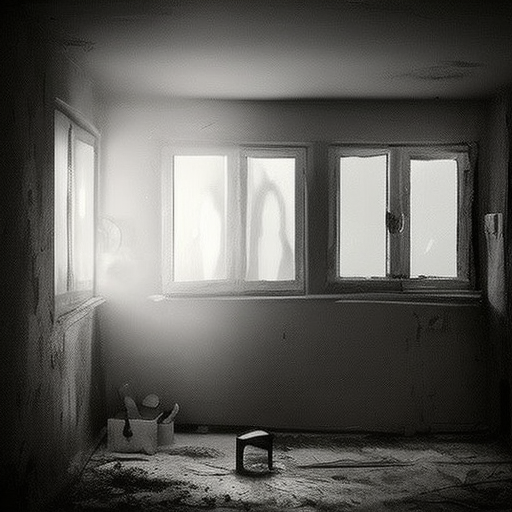Summary: Horror fiction is a genre of literature that aims to evoke fear, terror, and unease in its readers. It often features supernatural elements, monsters, and psychological suspense. Horror fiction has a long history, dating back to ancient times, and has evolved over the years to encompass various subgenres and styles. Today, horror fiction continues to captivate readers with its ability to explore the darkest aspects of human nature and confront our deepest fears.
History of Horror Fiction
Horror fiction has its roots in ancient folklore and mythology, with stories of ghosts, demons, and monsters passed down through generations. One of the earliest examples of horror fiction is the epic poem “Gilgamesh,” which includes elements of the supernatural and the afterlife. In the Middle Ages, Gothic literature emerged, with works like “Frankenstein” by Mary Shelley and “Dracula” by Bram Stoker becoming iconic examples of the genre.
Elements of Horror Fiction
Horror fiction often includes several key elements that contribute to its ability to frighten and disturb readers. These elements can include supernatural beings such as vampires, werewolves, and ghosts, as well as psychological suspense, gore, and violence. The setting of a horror story is often dark and eerie, creating an atmosphere of dread and foreboding. The use of suspenseful pacing, unexpected twists, and shocking revelations also adds to the overall effect of horror fiction.
Subgenres of Horror Fiction
Horror fiction encompasses a wide range of subgenres, each with its own unique characteristics and themes. Some popular subgenres include:
Influence of Horror Fiction
Horror fiction has had a significant impact on popular culture, influencing not only literature but also film, television, and other forms of entertainment. Many iconic horror novels have been adapted into successful films, such as “The Silence of the Lambs,” “The Haunting of Hill House,” and “It.” Horror fiction has also inspired countless authors, filmmakers, and artists to explore the darker side of human existence and push the boundaries of what is considered acceptable in storytelling.
Conclusion
Horror fiction continues to captivate audiences with its ability to tap into our deepest fears and explore the darker aspects of human nature. From ancient folklore to modern-day novels and films, horror fiction has evolved and diversified, encompassing a wide range of subgenres and styles. Whether it’s the supernatural, psychological suspense, or body horror, the genre continues to push boundaries and challenge readers to confront their own fears.












